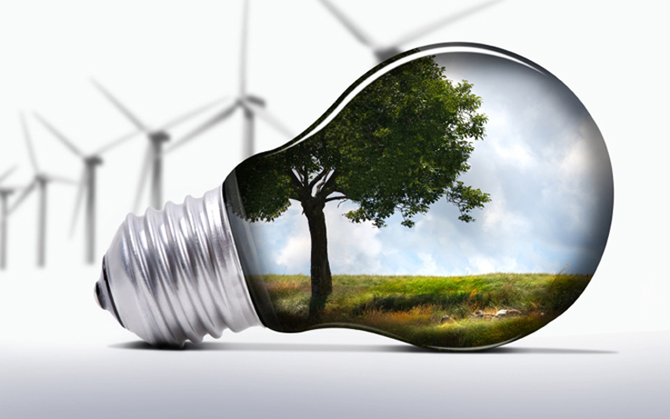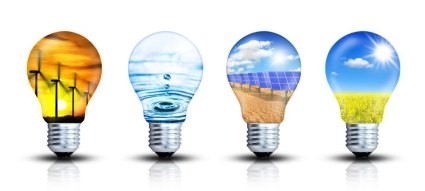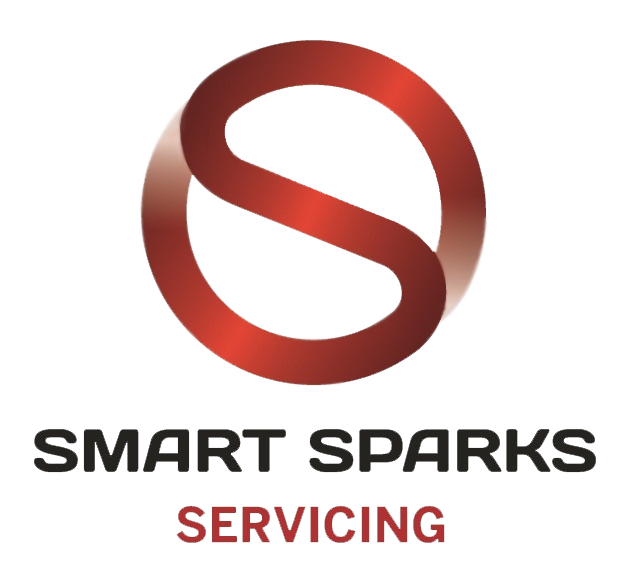
Electricity is an important factor of energy end use which contributes to nearly 50% of the total energy consumption in New Zealand. It is the third major contributor to energy emissions which account for 17% after diesel (28%) and petrol (25%).
Lighting is one of the biggest electricity consuming factor for both residential and industrial uses.
With a raising global concern about climate change and CO2 emissions reduction, energy efficiency has increasingly become the major challenge to us.
This paper introduces the benefits of using LED lighting.
Lighting technologies have recently made significant progress. This has opened up a new perspective of more sustainable and energy efficient light sources in the form of LEDs (light-emitting diodes).
Research findings show that LED lighting has an energy saving effect, compared to traditional lights such as fluorescent lamps. Studies have also shown that existing technology could reduce electricity use for lighting by 50%.
LED lighting has a better lighting performance with high energy efficiency, longevity, and low maintenance cost.
1Based on the 2015 figures presented by the Energy Efficiency and Conservation Authority (EECA)

Renewable energy refers to sources of energy that are practically limitless or those which can be readily renewed or recycled. Common renewable energy sources include sunlight, wind, hydro, water, geothermal heat, and some forms of biomass.
With a raising global concern about climate change due to fossil fuel reliance and CO2 emissions, renewable energy is a sustainable energy source. In recent years, renewable energy has received much attention.
The sun is an abundant source that is freely available and renewable.
We harness the sun’s energy in several ways. Buildings that are specifically passive solar designed make best use of the sun’s free warmth in winter, while keeping it out summer when it is not needed. Solar panels, also known as photovoltaic (PV) panels, generate electricity directly from sunlight.
Simply, a heat pump functions as a heat transporter moving available heat from one place to another. It moves heat instead of generating heat, giving more energy efficiency.
When it’s warm outside, it reverses directions and acts like an air conditioner, removing heat from your home.
At Smart Sparks, we offer alternative energy options because we understand that renewable energy is the future. We have the knowledge and expertise to help you with an innovative and practical renewable energy solution.

Electrical equipment and fittings that are available for use in the workplace, in rental or leased accommodation or are offered for hire, need to be tested and tagged to ensure they are safe to use. Testing can only be carried out by competent individuals with sufficient training and expertise to carry out the work. It is against the law for unqualified people to carry out repair work on electrical items.
It depends on the type of equipment being used. Table 4 of the Standards sets out recommended time frames – which ranges from once in every 5 years for equipment that is not subject to significant wear and tear, to once every 3 months for items used in a “hostile environment”.
Once tested, equipment must be marked with a durable tag. The tag should state when the test occurred and when it is next due for testing. Smart Sparks can help keep track of the items tested and tagged with our online recording system.
